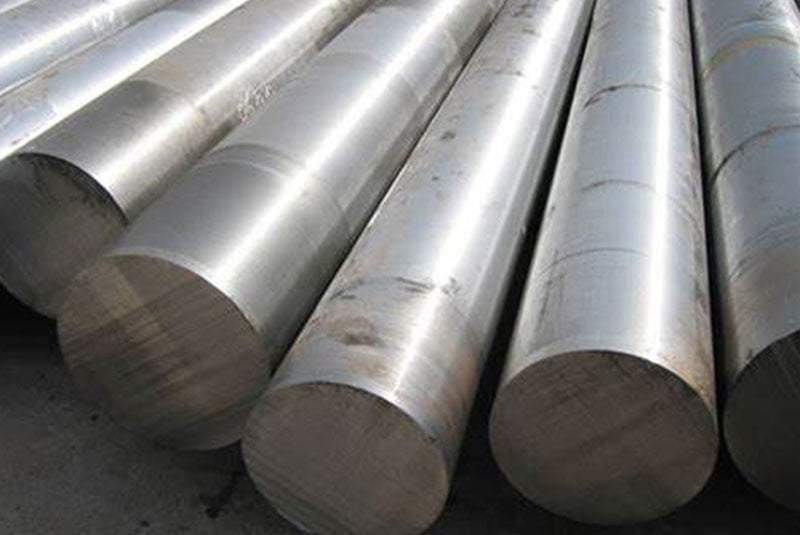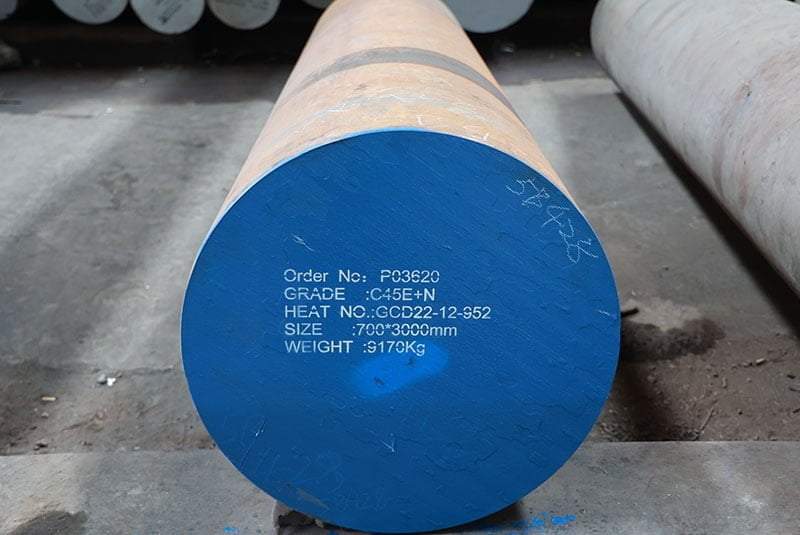Introduction
How strong is carbon steel? Carbon steel is one of the most widely used materials in the world, known for its versatility, strength, and durability. It is a fundamental material in various industries, including construction, automotive, manufacturing, and more. Understanding how strong carbon steel is, and the factors that influence its strength, can help you make informed decisions about its use in your projects. This comprehensive guide will explore the strength of carbon steel, its applications, and key factors affecting its performance.
How Strong Is Carbon Steel: Understanding Carbon Steel

What is Carbon Steel?
Carbon steel is an alloy of iron and carbon, with carbon content varying between 0.05% and 2.0% by weight. This material is classified into three main categories based on carbon content:
- Low Carbon Steel (Mild Steel): Contains up to 0.3% carbon.
- Medium Carbon Steel: Contains 0.3% to 0.6% carbon.
- High Carbon Steel: Contains 0.6% to 2.0% carbon.
Why is Carbon Steel Strong?
The strength of carbon steel comes from its carbon content, which increases the hardness and tensile strength of the steel. Higher carbon content typically results in stronger, harder steel, but also makes it more brittle and less ductile.
- Hardness: Resistance to deformation.
- Tensile Strength: Maximum stress the material can withstand while being stretched or pulled.
How Strong Is Carbon Steel? Factors Affecting the Strength of Carbon Steel
Carbon Content
The amount of carbon in the steel significantly influences its strength. Higher carbon content increases hardness and tensile strength but reduces ductility.
- Low Carbon Steel: Less hard, more ductile.
- Medium Carbon Steel: Balanced strength and ductility.
- High Carbon Steel: Very hard, less ductile.
Heat Treatment
Heat treatment processes such as annealing, quenching, and tempering can alter the microstructure of carbon steel, enhancing its mechanical properties.
- Annealing: Softens the steel, improves ductility.
- Quenching: Increases hardness and strength.
- Tempering: Reduces brittleness, improves toughness.
Alloying Elements
Adding other elements such as manganese, silicon, and chromium can enhance the strength, hardness, and corrosion resistance of carbon steel.
- Manganese: Improves hardness and strength.
- Silicon: Increases strength and toughness.
- Chromium: Enhances hardness and corrosion resistance.
Manufacturing Process
The method used to produce carbon steel, including hot rolling and cold rolling, affects its final properties.
- Hot Rolling: Improves workability, used for larger sections.
- Cold Rolling: Increases strength and hardness, used for precise shapes.
How Strong Is Carbon Steel: Applications of Carbon Steel Based on Strength

Construction
Carbon steel’s strength makes it ideal for structural components in buildings, bridges, and other infrastructure. Different grades of carbon steel are used depending on the required strength and flexibility.
- Low Carbon Steel: Used for structural beams, pipes, and sheets.
- Medium Carbon Steel: Suitable for reinforcing bars and structural components.
- High Carbon Steel: Used for tools and high-strength wires.
Automotive Industry
In the automotive industry, carbon steel is used for various components, including frames, panels, and engine parts. The strength of the steel ensures durability and safety.
- Frames and Panels: Low to medium carbon steel.
- Engine Parts: Medium to high carbon steel.
Manufacturing
Carbon steel is extensively used in manufacturing machinery, tools, and equipment. Its strength allows it to withstand high stresses and wear.
- Machinery: Medium carbon steel.
- Tools: High carbon steel.
Table: Strength Characteristics of Carbon Steel Types
| Type | Carbon Content | Strength Characteristics | Common Applications |
|---|---|---|---|
| Low Carbon Steel | Up to 0.3% | Less hard, more ductile | Structural beams, pipes, sheets |
| Medium Carbon Steel | 0.3% to 0.6% | Balanced strength and ductility | Reinforcing bars, structural components |
| High Carbon Steel | 0.6% to 2.0% | Very hard, less ductile | Tools, high-strength wires |
Conclusion: How Strong Is Carbon Steel
Carbon steel‘s strength and versatility make it an essential material in numerous industries. Understanding the factors that affect its strength, such as carbon content, heat treatment, alloying elements, and manufacturing processes, allows for better selection and application of this material. By choosing the appropriate type of carbon steel for your specific needs, you can ensure optimal performance and durability in your projects.
FAQ
How strong is carbon steel compared to stainless steel?
Carbon steel is generally stronger than stainless steel in terms of tensile strength and hardness due to its higher carbon content. However, stainless steel has better corrosion resistance and maintains its strength at higher temperatures, making it more suitable for specific applications.
How strong is carbon steel in construction applications?
In construction applications, carbon steel is very strong and is commonly used for structural components like beams, columns, and rebar. Its high tensile strength and durability make it ideal for supporting heavy loads and withstanding harsh environmental conditions.
How strong is carbon steel after heat treatment?
After heat treatment processes such as quenching and tempering, carbon steel becomes significantly stronger. Quenching increases its hardness and strength, while tempering reduces brittleness, enhancing its overall toughness and making it suitable for high-stress applications.
How strong is carbon steel for making tools?
Carbon steel is exceptionally strong for making tools, especially high carbon steel, which has a high hardness and excellent wear resistance. This strength makes it ideal for cutting tools, drill bits, knives, and other tools that require a sharp, durable edge.
How strong is carbon steel in automotive applications?
In automotive applications, carbon steel is strong enough to be used in various parts such as chassis, frames, and engine components. Its strength and toughness ensure that these parts can withstand significant stress and impact, contributing to vehicle safety and performance.
How strong is carbon steel when alloyed with other elements?
When alloyed with elements like manganese, silicon, and chromium, carbon steel becomes even stronger. These alloys enhance the steel’s hardness, tensile strength, and resistance to wear and corrosion, making it suitable for more demanding applications.
How strong is carbon steel compared to other types of steel?
Carbon steel is stronger than many other types of steel due to its higher carbon content. However, its strength varies with the carbon content level—low carbon steel is less strong but more ductile, while high carbon steel is very strong but more brittle.
How strong is carbon steel under high temperature?
Carbon steel can maintain its strength up to moderate high temperatures, but its strength decreases significantly at very high temperatures. For applications requiring high-temperature resistance, alloy steels or heat-treated carbon steels are typically preferred.
How strong is carbon steel in terms of impact resistance?
Carbon steel, especially low and medium carbon steel, has good impact resistance due to its balance of strength and ductility. High carbon steel, while very strong, is more brittle and less capable of absorbing impact without fracturing.
How strong is carbon steel for making pipelines?
Carbon steel is very strong and is widely used for making pipelines due to its high tensile strength, durability, and ability to withstand internal pressures. Its strength ensures the structural integrity of pipelines used in transporting gases and liquids.
